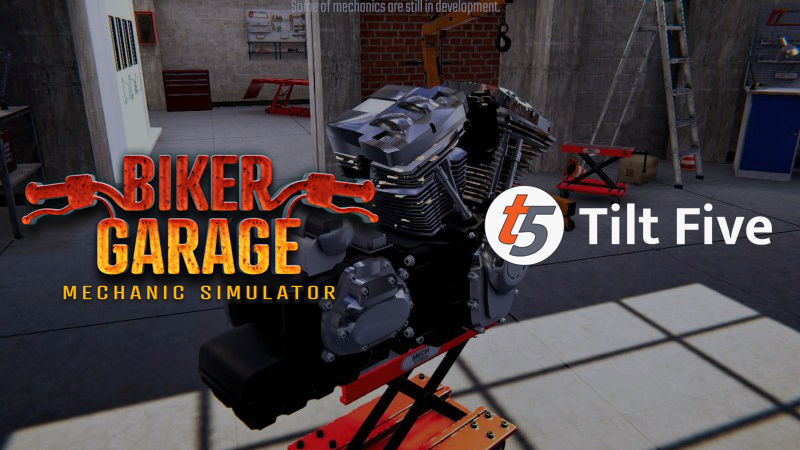
Immersive technologies are rapidly transforming the field of education. Amongst them, Augmented Reality (AR) has shown promise as a resource, particularly for education in Science, Technology, Engineering, Arts, and Mathematics (STEAM). There are, however, few teachers deploying this new medium in the classroom directly, and, consequently, only a few, elect students benefit from the AR-enriched offers. Curricula are already overloaded, and schools generally lack developmental resources, thus leaving no room for experimentation. This situation is further aggravated by the too few educational applications available with sufficient learning content. In this article, we investigate the method of Active Learning for the teaching of STEAM subjects, using a format where students are tasked with building an AR application as part of their learning. We evaluate the applicability of the Active Learning for STEAM subjects with a qualitative, case study approach, applying the workshop format as an extracurricular activity in our work with students from a range of secondary schools in Oxford. We discuss how the format works, so it can be embedded into regular curricula, not just as an extracurricular activity, also providing an overview on the involved teaching units and rationale. All teams in our preview audience of the case study succeeded in building working applications, several of impressive complexity. Students found that the lessons were enjoyable and AR technology can enhance their learning experience. The Active Learning method served as a catalyst for students' skills development, with the case study providing evidence of learning to code, working with a physics simulation engine, ray-tracing, and geometry, learning how to manage teams and interact with other students/instructors, and engineering a working prototype of a game. We consequentially argue that combining the STEM subjects and the arts, using the proposed Active Learning format, is able to provide a more holistic and engaging education.
Augmented Steam

The advent of new and emerging technologies and industries has highlighted a future skills gap and the need to equip the young generation with a new skill set in order for them to cope with the demands of modern society. It has led to a paradigm shift from traditional education philosophy toward innovative approaches aimed at cultivating human resources equipped with the knowledge and skills required to meet the needs of the digital era. This shift has fuelled the growth of STEAM education, an integrated approach to the teaching of the different disciplines. STEAM is an acronym for the study of Science, Technology, Engineering, Arts, and Mathematics. It was developed on the basis of STEM, a transdisciplinary approach that overcame the strict individual borders of Science, Technology, Engineering, and Mathematics by treating sciences as a single whole. Arts was recently added to the original STEM framework in order to promote learning in more connected and holistic ways....


Augmented Steam Safe
Amongst them, Augmented Reality (AR) has shown promise as a resource, particularly for education in Science, Technology, Engineering, Arts, and Mathematics (STEAM). There are, however, few teachers deploying this new medium in the classroom directly, and, consequently, only a few, elect students benefit from the AR-enriched offers. Augmented Steam is a Chrome extension that improves your experience on Steam store and Steam Community, by adding more information and customization options. Augmented Steam is a spiritual continuation of the 'Enhanced Steam' extension. Augmented Steam requires a connection to the group's servers, but the developers ensure that the information downloaded is related to the ID of the displayed games, chosen currency, or Steam ID (the data is deleted after 30-90 days). Augmented Steam adds a few useful features.




